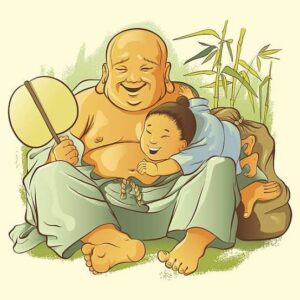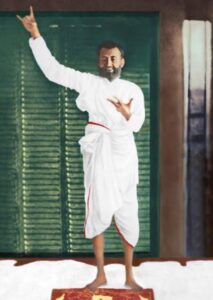GAUTAM THE BUDDHA has divided the enlightened persons into two categories. The first category he calls the ARHATAS and the second BODHISATTVAS. The ARHATA and the BODHISATTVA are both enlightened; there is no difference between their experience, but the arhata is not a Master and the BODHISATTVA is a Master. The ARHATA has attained to the same truth but he is incapable of teaching it, because teaching is a totally different art.
For example, you can see a beautiful sunset, you can experience the beauty of it as deeply, as profoundly as any Vincent van Gogh, but that does not mean you will be able to paint it. To paint it is a totally different art. Experiencing is one thing, helping others to experience it is not the same.
There have been many ARHATAS but very few BODHISATTVAS. The BODHISATTVA is both enlightened and skillful to teach what has happened to him. It is the greatest art in the world; no other art can be compared with it, because to say the unsayable, to help people come out of their sleep, to find and invent devices to bring what has happened to him to those who are thirsty for it and help them to get it… it is a rare gift.
In enlightenment there are no degrees; either one is enlightened or one is not. Once a person is enlightened he has the same flavor, the same fragrance as anyone who has ever become enlightened or will ever become enlightened. But to relate the experience, to communicate the experience is not possible for all.
Once Buddha was asked, “How many people have become enlightened amongst your disciples?”
He said, “Many.” He showed…”Look!” Manjushri was sitting by his side and Sariputra and Modgalyayan and Mahakashyap. He said, “These four people are right now present here – they have become enlightened.”
The inquirer asked, “If they have become enlightened why they are not so famous as you are? Why nobody knows about them? Why they don’t have thousands of followers?”
Buddha said, “They have become enlightened but they are not Masters. They are ARHATAS, they are not BODHISATTVAS.”
The ARHATA knows it but cannot make it known to the others; the BODHISATTVA knows it and can make it known to the others.
– OSHO


